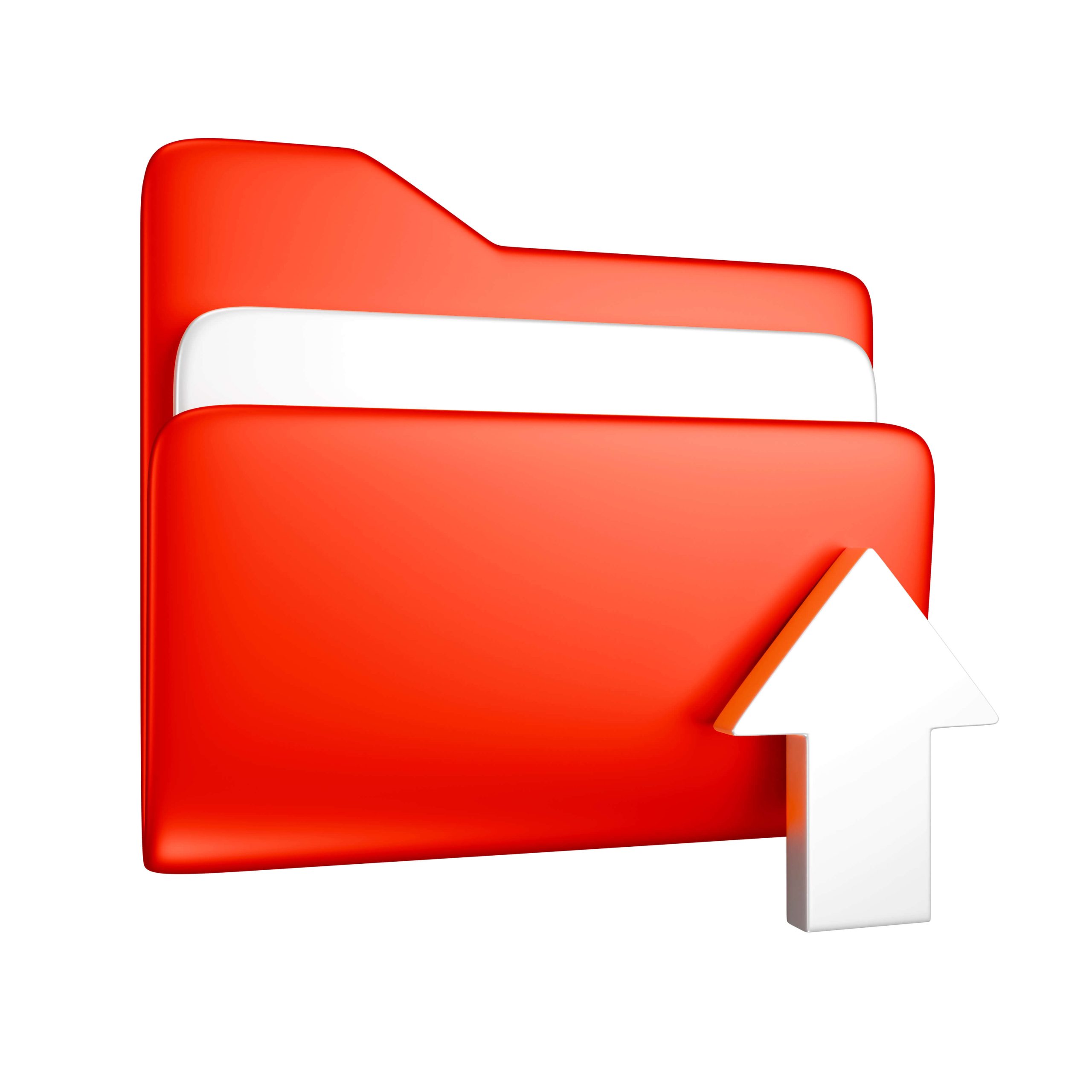Step-by-Step: Turning Your Logo into a Digitized Embroidery File
Turning a logo into a stitch-ready embroidery file takes planning, smart artwork, and careful testing. Follow these clear steps to get clean, professional embroidery every time.
Step 1 — Start with the right artwork
Use a vector file (AI, EPS, SVG, or PDF) whenever possible. If you only have a raster image, provide the highest-resolution PNG or TIFF you have. Clear shapes and defined edges make digitizing faster and more accurate.
Learn About: Vector Art Services
Step 2 — Simplify the design
Remove tiny details, thin lines, and subtle gradients that won’t translate to thread. Convert text to outlines and increase the size of important elements so stitches can reproduce them cleanly.
Step 3 — Decide final size and placement
Choose the exact dimensions and where the logo will sit (cap, chest, sleeve, patch). Small sizes need fewer details and thicker lines. Digitizers adjust stitch types and densities based on the finished size.
Learn About: Patch Services
Step 4 — Limit and pick colors
Reduce color count where possible. Fewer thread changes speed production and read better on fabric. Provide brand color codes or request a thread-match chart so digitizers can pick the closest embroidery threads.
Step 5 — Choose stitch styles
Pick stitch types that suit each part of the design: satin stitches for edges and text, fill (tatami) stitches for larger areas, run stitches for fine lines, and 3D puff for raised effects. Appliqué helps cover large solid areas while keeping stitch density low.
Step 6 — Add technical embroidery settings
A skilled digitizer sets underlay stitching for stability, adjusts stitch density for thread and fabric, applies pull compensation for curved satin edges, and programs trims and tie-offs to avoid loose threads. These settings prevent puckering and distortion.
Step 7 — Convert to stitch commands (digitizing)
Use professional digitizing software to map vector paths into stitch sequences and directions. The software produces native editable files (like .EMB) and machine-readable files (common outputs: DST, PES, EXP, JEF). Keep a master editable file for future edits.
Find More About: Embroidery Digitizing Services
Step 8 — Test sew a sample
Always stitch a physical sample on the actual fabric and backing. Inspect alignment, color balance, stitch density, and edge finish. Tweak stitch direction, density, and compensation as needed and run another sample until it looks right.
Step 9 — Finalize and deliver files
Save the final editable file plus the target machine format(s). Include a color and size spec sheet and a production-ready proof. Store a master file so you can reorder or resize without re-digitizing.
FAQs About Logo Digitizing
What does it mean to digitize a logo for embroidery?
Digitizing a logo means converting your design into a digital stitch file that embroidery machines can follow. This file guides the needle on where and how to stitch.
Why can’t I use a regular image file for embroidery?
Formats like JPG or PNG don’t contain stitch information. Embroidery machines need digitized files (like DST or PES) that map every stitch direction, length, and density.
How long does the logo digitizing process take?
At NKEMB, most logo digitizing jobs are completed within 24 to 48 hours, depending on the complexity of the design.
Can NKEMB digitize any logo design?
Yes! NKEMB can digitize almost any logo, whether it’s text-based, detailed, or includes gradients. Their team optimizes every detail for the best embroidery quality.
What file formats do I get after digitizing?
NKEMB provides files compatible with all major embroidery machines, including DST, PES, EXP, JEF, and EMB formats.
Do I need to provide a vector file for digitizing?
If possible, yes. Vector files (AI, SVG, EPS) help create cleaner stitches, but NKEMB’s team can also refine raster images before digitizing.
Can I preview my embroidery before production?
Absolutely. NKEMB sends you a digital proof for review before finalizing the stitch file to ensure your logo appears exactly how you want it.


Leave a Reply